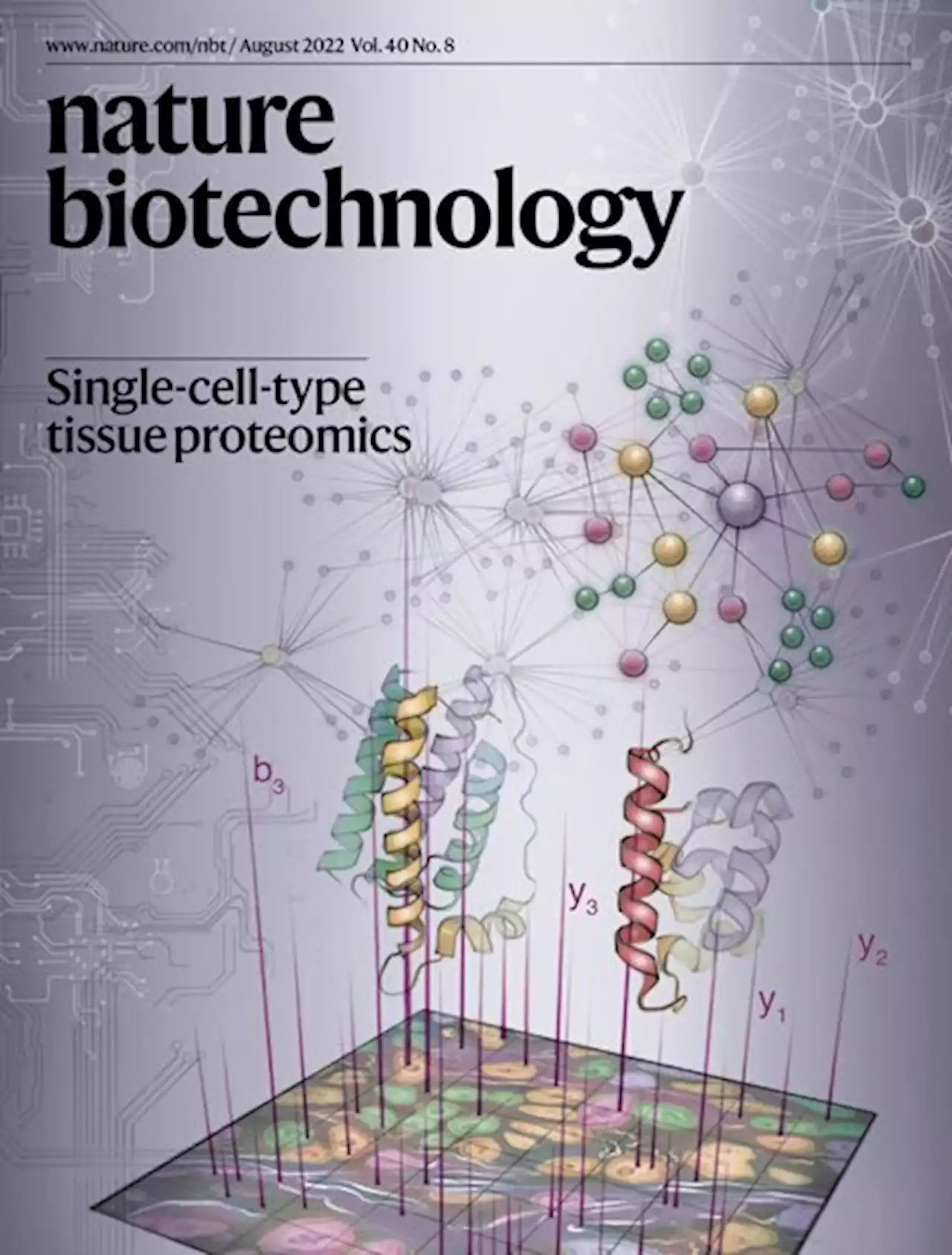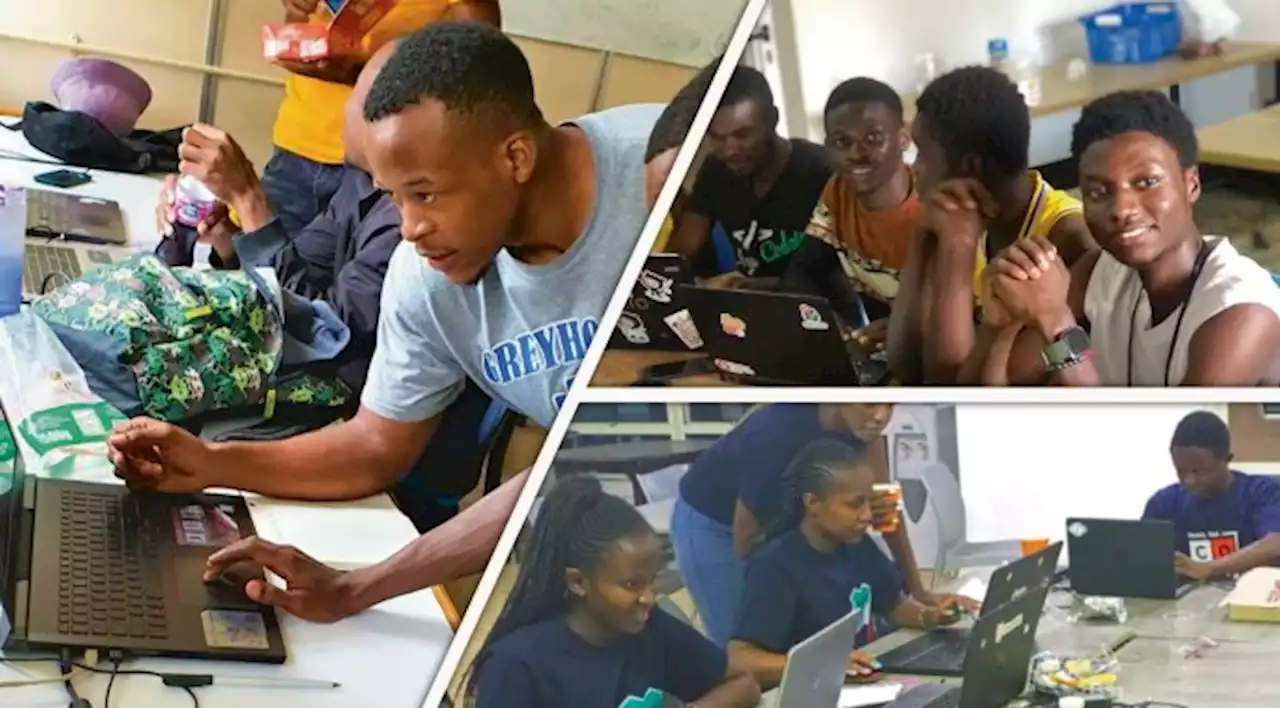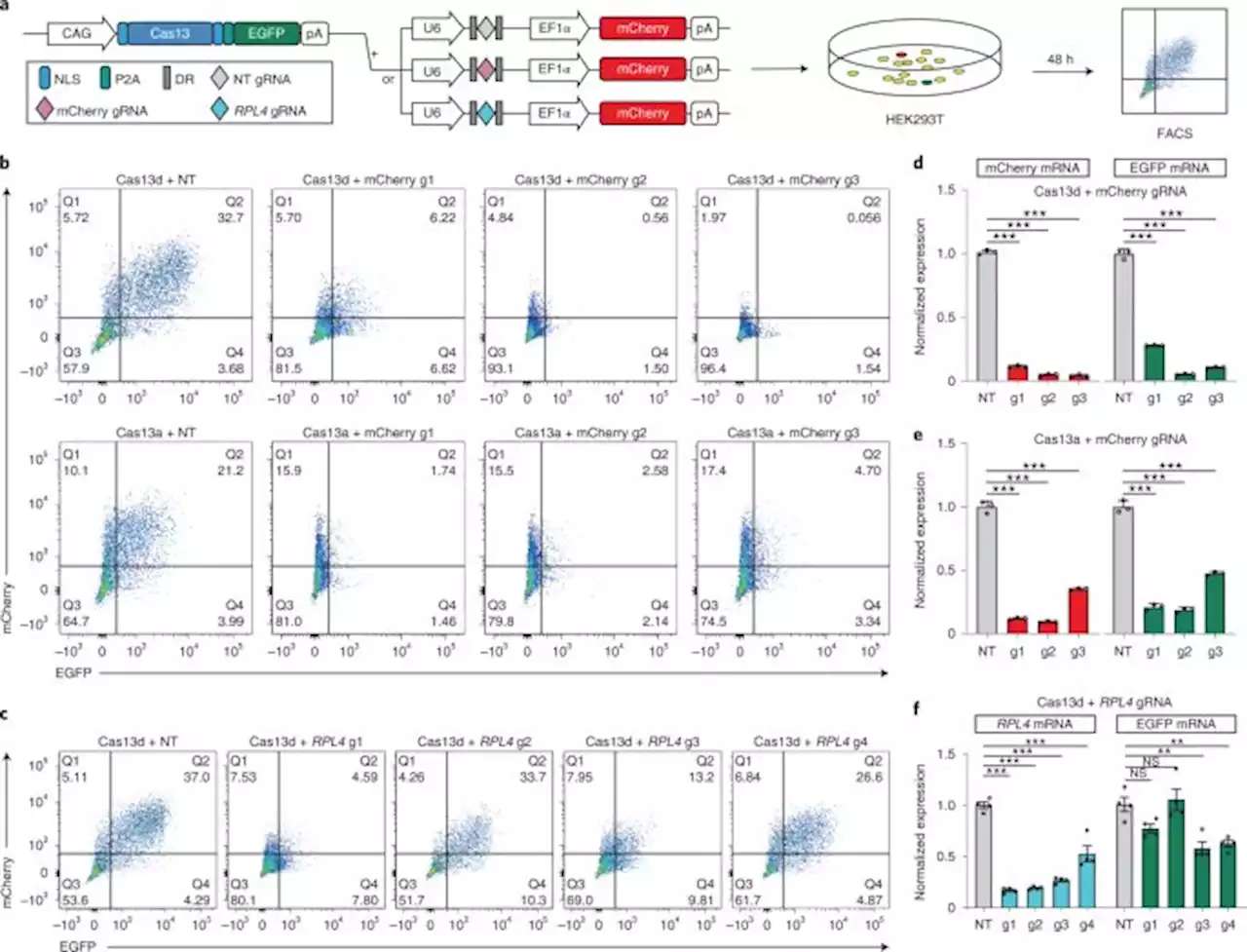Bioengineered corneal tissue for minimally invasive vision restoration in advanced keratoconus in two clinical cohorts
Immediately post-operatively, minipigs were placed on a ventilator and once spontaneous breathing resumed, 0.05 mg kgintravenous buprenorphine was given as an analgesic. Post-operatively, topical anesthetic eye drops were again instilled, followed by a combination topical corticosteroid-antibiotic given three times daily the first post-operative week and twice daily during the following three weeks. Post-operative analgesia consisted of intramuscular injection of 0.
Six months after surgeries, minipigs were placed under general anesthesia as described above, and we performed in vivo examinations and photo documentation in operated eyes. Examinations consisted of digital photography , anterior segment optical coherence tomography and in vivo confocal microscopy using a previously described microscopy protocol
. Following examinations and data collection, minipigs were euthanized while under general anesthesia and deep sedation, by intramuscular injection of 7 mg kgHistology and Immunohistochemistry Following euthanasia, rat tissue and porcine corneas were dissected under an operating microscope, embedded in optimal cutting temperature compound, and snap-frozen in liquid nitrogen. Corneas were stored at −80 °C until further use. For histology, rat and pig tissue were thawed, fixed in 4% paraformaldehyde solution, embedded in paraffin and sectioned to a thickness of 4 µm, followed by staining with hematoxylin and eosin .
Ethical permission was granted for the pilot studies to treat up to 20 subjects with advanced keratoconus at each site , based on the ability to detect adverse events in 10% of cases. We report results of 24-month follow-up of the first 12 patients treated in Iran and the first 8 patients treated in India . For the results reported here, clinical data collection occurred during February 2017–January 2020 in Iran and during November 2016–March 2020 in India.
United States Latest News, United States Headlines
Similar News:You can also read news stories similar to this one that we have collected from other news sources.
 Nature Biotechnology - Single-cell-type tissue proteomicsThe August issue is live Our cover features an artistic impression of Deep Visual Proteomics, a method based on a combination of imaging, deep learning and mass spectrometry
Nature Biotechnology - Single-cell-type tissue proteomicsThe August issue is live Our cover features an artistic impression of Deep Visual Proteomics, a method based on a combination of imaging, deep learning and mass spectrometry
Read more »
 Associate or Senior Editor, Nature BiotechnologyWe're seeking a talented immunologist to join us as an Associate or Senior Editor. The deadline for applications is August 29, 2022
Associate or Senior Editor, Nature BiotechnologyWe're seeking a talented immunologist to join us as an Associate or Senior Editor. The deadline for applications is August 29, 2022
Read more »
 Can hackathons unlock a new talent pool from the developing world? - Nature BiotechnologyHackathons not only advance science itself but also help to educate young biotechnologists and artificial intelligence enthusiasts and to build capacity in digital biotechnology in low-income settings.
Can hackathons unlock a new talent pool from the developing world? - Nature BiotechnologyHackathons not only advance science itself but also help to educate young biotechnologists and artificial intelligence enthusiasts and to build capacity in digital biotechnology in low-income settings.
Read more »
 High-fidelity Cas13 variants for targeted RNA degradation with minimal collateral effects - Nature BiotechnologySeveral engineered Cas13 variants achieve targeted RNA degradation with minimal collateral effects.
High-fidelity Cas13 variants for targeted RNA degradation with minimal collateral effects - Nature BiotechnologySeveral engineered Cas13 variants achieve targeted RNA degradation with minimal collateral effects.
Read more »
 mRNA printers kick-start personalized medicines for all - Nature BiotechnologymRNA printers will bring low-cost vaccines and made-to-order treatments for a range of different diseases.
mRNA printers kick-start personalized medicines for all - Nature BiotechnologymRNA printers will bring low-cost vaccines and made-to-order treatments for a range of different diseases.
Read more »
 Make deep learning algorithms in computational pathology more reproducible and reusable - Nature MedicineGreater emphasis on reproducibility and reusability will advance computational pathology quickly and sustainably, ultimately optimizing clinical workflows and benefiting patient health.
Make deep learning algorithms in computational pathology more reproducible and reusable - Nature MedicineGreater emphasis on reproducibility and reusability will advance computational pathology quickly and sustainably, ultimately optimizing clinical workflows and benefiting patient health.
Read more »
